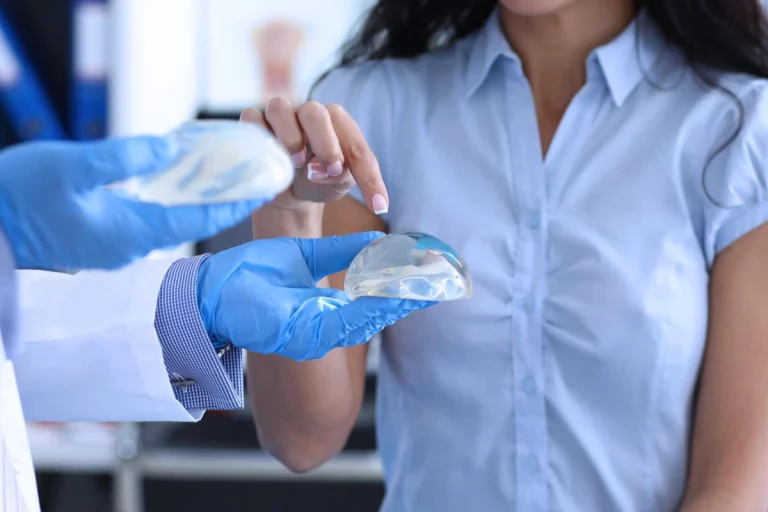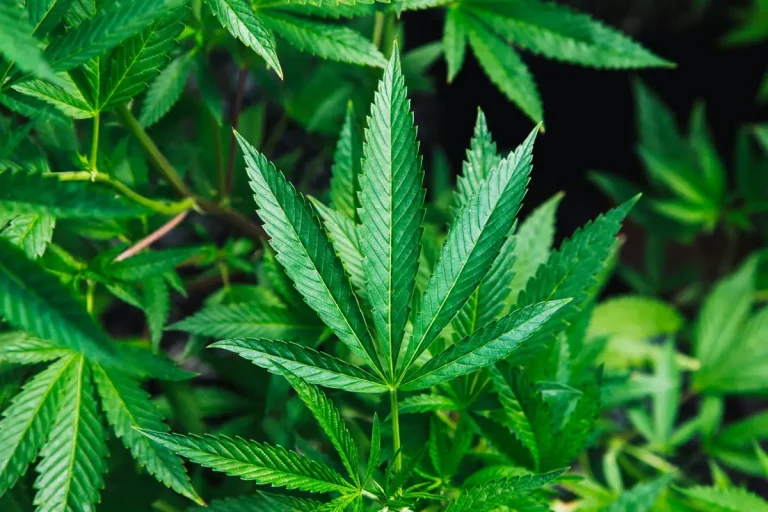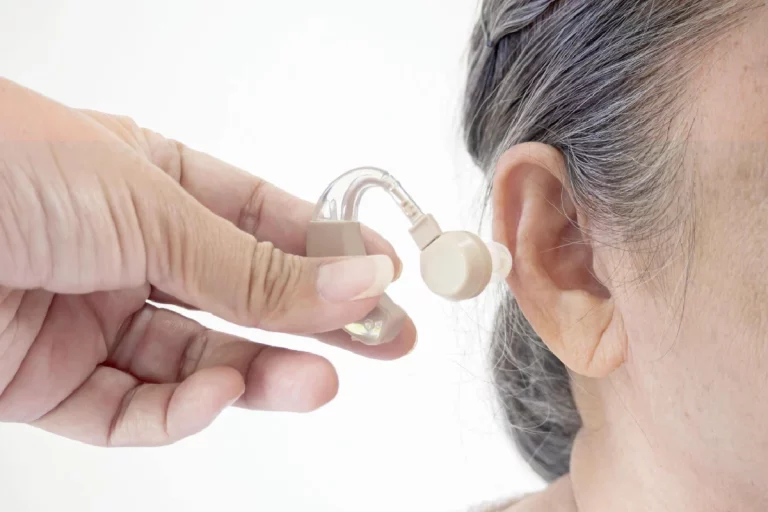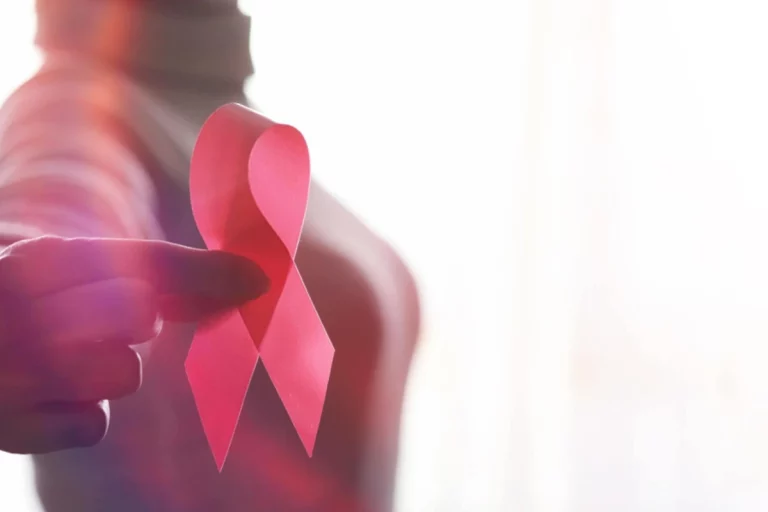Breast lift surgery is still a very highly regarded procedure for numerous patients. For countless people, the outcome of their surgery is exceptionally satisfactory, and they are pleased with the results. During the healing process, however, patients are always skeptical about the outcome of their breast augmentation surgery.
After your breast lift, you may have concerns during your recovery. The following is an outline of what to expect and how you should be feeling after your surgical procedure.
Table of Contents
Your Chest Feels Tightened
It is exciting when you first learn you are getting a breast lift. However, on the day of the procedure, you may feel a bit anxious because of not knowing what to expect during recovery. When you awaken from anesthesia, you may feel some swelling. Don’t worry, this is normal. During this time, your breast tissue is healing and is becoming acquainted with the new position of your breasts. Post-surgical swelling can worsen, especially at about day three to five, which can potentially exacerbate the sensation of tension in your chest.
Generally, you will experience pain after a breast lift for the first few days. However, stiffness may persist for up to a month. A large percentage of the swelling will happen within the first three weeks of the surgery. However, moderate swelling will probably last for about three months.
If you notice your breasts are significantly warm and are still severely swollen, you should contact your surgeon right away because these are signs of an infection or excessive bleeding.
You Have Constipation or Bloating
It’s normal to have anxiety after surgery, causing digestive discomfort and nausea. You can also expect your body to respond a bit differently to certain medications as well as anesthesia. Pain is often caused by an absence of physical activity during recovery, resulting in tiredness and fluid retention.
A constipated feeling is only temporary and will last just a few days after the procedure. Constipation occurs due to the shock of the operation to the body. Routinely drinking plenty of fluids and reasonable medication precautions can help to relieve this feeling. Short walks, for example, can help with digestive issues if you only have a limited amount of time to exercise.
If the discomfort lasts longer than usual, you should consult with your surgeon about the issues you’re having. There may be alternatives available, even if they are as simple as changing your diet. These can be discussed more during your appointment.
Sharp Pain Around the Nipples
As your muscle tissue repair, you may experience strange feelings and sharp pain around the nipple area. Throughout the first few weeks, additional typical pains such as chest and back pain may emerge. Overall, spasms of the chest muscles are expected to happen within the first three or sometimes four weeks of your recovery. This occurs due to the muscles adapting to their new position.
Even though pain may arise for up to six months following breast augmentation, it should slowly diminish. If the pain persists for an extended period of time, interfering with your comfort and quality of sleep, you should contact your surgeon immediately.
Breasts and Nipples Appear Odd and Unbalanced
Fat transfer to the breast is another alternative that some women have done for breast augmentation surgery. It’s critical to give your breasts plenty of time to recover following the procedure. They will gradually move into their new location as the scar dissipates. This usually happens in about the third month of recovery.
During recovery, at first, your breasts will appear higher than normal, and you’ll notice some differences in how they appear. One breast may look relatively larger or lower than the other one. So, don’t worry about your cosmetic surgeon making a mistake at this point. It is just a sign that your breasts need to recover a bit longer. They need more time to adapt to the new fat.











